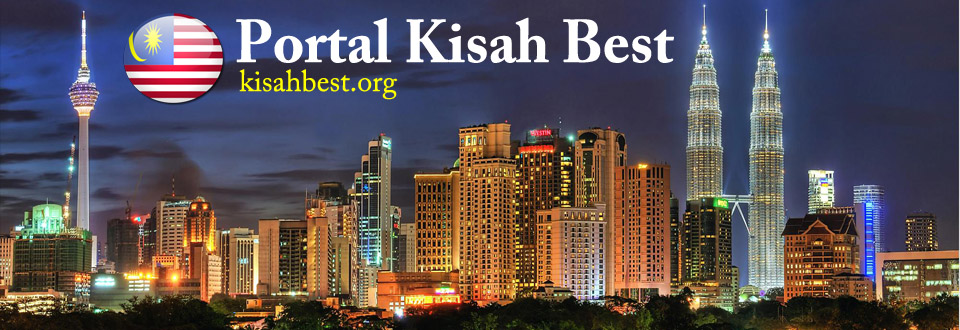Captivating Folktales from Different Regions of Malaysia
September 11, 2023
Introduction: The Rich Tapestry of Malaysian Folktales
Malaysia, with its diverse cultural heritage, is a treasure trove of captivating folktales that have been passed down through generations. These enchanting stories provide insight into the values, beliefs, and traditions of the various ethnic groups that call Malaysia home. From age-old legends to moral teachings, Malaysian folktales are both entertaining and educational. In this article, we explore some of the captivating folktales from different regions of Malaysia, each adding its unique flavor to the rich tapestry of Malaysian folklore.
1. The Legend of Mahsuri – Langkawi
One of the most famous folktales in Malaysia is the legend of Mahsuri, set in the enchanting island of Langkawi. Mahsuri, a beautiful maiden, was wrongly accused of adultery by her jealous mother-in-law. Despite her innocence, Mahsuri was sentenced to death, and with her dying breath, she cursed the island to suffer from seven generations of misfortune. The legend of Mahsuri serves as a cautionary tale about betrayal, jealousy, and the power of forgiveness.
2. Bawang Merah and Bawang Putih – Negeri Sembilan
Originating from the state of Negeri Sembilan, the folktale of Bawang Merah and Bawang Putih (Red Onion and White Onion) tells a story of sisterly love and cunning. Bawang Merah, the step-sister, was portrayed as wicked and arrogant, while Bawang Putih was kind-hearted and beautiful. This classic tale teaches the values of humility, honesty, and the triumph of good over evil.
3. Si Tanggang – East Coast of Peninsular Malaysia
Si Tanggang, a folktale originating from the east coast of Peninsular Malaysia, follows the journey of a young boy who disrespects his poor parents and seeks a life of wealth and luxury. However, his extravagant lifestyle comes at a great cost. The tale explores themes of gratitude, family values, and the consequences of arrogance and materialism.
4. Sang Kancil and the Crocodile – Sarawak
In the jungles of Sarawak, the tale of Sang Kancil and the Crocodile takes center stage. Sang Kancil, a clever and cunning mouse deer, outsmarts a hungry crocodile who desires a taste of his flesh. This delightful folktale showcases the triumph of brains over brawn and imparts valuable lessons about wit, resourcefulness, and avoiding danger.
5. The Princess of Mount Kinabalu – Sabah
The Princess of Mount Kinabalu is a famous folktale from the state of Sabah. It tells the story of a beautiful princess who was transformed into the mountain to protect her people from harm. Legend has it that the princess can be seen weeping when disaster strikes. This poignant tale emphasizes the importance of respecting nature, preserving heritage, and the enduring spirit of the land.
Conclusion: Preserving the Heritage of Malaysian Folktales
Malaysian folktales are not merely stories of magic and adventure; they are windows into the heritage and culture of diverse communities. These captivating tales continue to be passed down from one generation to the next, keeping the spirit of Malaysia alive. Exploring and sharing these folktales ensures that the traditions, values, and beliefs they embody are preserved for years to come.
Frequently Asked Questions (FAQ)
Q1: Can these folktales be enjoyed by people of all ages?
Absolutely! Malaysian folktales transcend age barriers and can be enjoyed by both children and adults. They offer a glimpse into Malaysian culture and provide valuable life lessons for everyone.
Q2: Are there any movies or plays based on these folktales?
Yes, several Malaysian movies and theater productions have brought these folktales to life. It’s a wonderful way to experience the stories and immerse yourself in the rich cultural heritage of Malaysia.
Q3: Is there a particular festival in Malaysia that celebrates these folktales?
While there isn’t a festival dedicated solely to Malaysian folktales, many cultural events and celebrations in Malaysia incorporate storytelling and performances based on these tales. The diverse festivals of Malaysia, such as Hari Raya, Chinese New Year, and Deepavali, often feature traditional storytelling sessions.
Q4: Are there any modern adaptations of these folktales?
Yes, contemporary authors and artists have reimagined these folktales in various forms, including graphic novels, animated series, and even video games. These adaptations bring a fresh perspective to the traditional stories while maintaining their essence.
Q5: Can visitors to Malaysia learn more about these folktales?
Absolutely! Visitors to Malaysia can explore cultural centers, museums, and local landmarks that feature exhibitions and displays on Malaysian folklore. Local guides and storytellers are also eager to share these tales and provide a deeper understanding of their significance.
Disclaimer: The accuracy of the folktales and the details may vary based on different versions and interpretations. The purpose of this article is to offer an overview of captivating folktales from different regions of Malaysia.


